
Woody > Liriodendron > Liriodendron tulipifera > Liriodendron tulipifera
Liriodendron tulipifera
Tulip Tree
Origin: Carolinian, native as far north in Ontario, Canada as Ipperwash on the shores of Lake Huron. Liriodendron comes from the Greek word 'leirion', which means lily and 'dendron', meaning tree.
Mike's
Opinion


"
A class tree that is under used, where excellent horticultural forms such as 'Fastigiatum' exist. Interesting for large landscapes where the masses of flowers can be viewed at a distance.
Michael Pascoe, NDP., ODH., CLT., MSc. (Plant Conservation)
"
| Family |
| Magnoliaceae |
| Genus |
| Liriodendron |
| Species |
| tulipifera |
| Category |
| Woody |
| Type |
| Tree (deciduous) |
| Pronunciation |
| USDA Hardiness Zone |
| 6b - 7a |
| Canadian Hardiness Zone |
| 5b - 6a |
| RHS Hardiness Zone |
| H6 - H7 |
| Temperature (°C) |
| -21 - (-15) |
| Temperature (°F) |
| -5 - 5 |
| Height |
| more than 12 m |
| Spread |
| more than 8 m |
Photographs
Description and Growing Information
Flowering Period
| General Description |
| This species has been placed on the IUCN Red List as least concern. |
| Landscape |
| Suited to large areas where it will have room to grow, such as parks and institutional grounds. Horticultural forms are more compact and suited to residential uses. |
| Cultivation |
| Grow in average soil that is well-drained. Transplant in the spring only. |
| Shape |
| Tall and narrow, almost pyramidal but becoming more broad canopied with age. |
| Growth |
| Fast |
| ID Characteristic |
| Mitten-like, terminal buds are chestnut-coloured. Large, orange-yellow flowers up to 10 cm across. Leaves are similar in shape to a formal tulip flower. |
| Pests |
| No serious pests or diseases of note. Aphids and the associated sooty mould can occasionally be a problem. |
| Habitat |
| River valleys. |
| Bark/Stem Description |
| Grey with long, close ridges. |
| Flower/Leaf Bud Description |
| Mitten-shaped, chestnut brown in colour, valvate. |
| Leaf Description |
| Simple, 8 - 20 cm across with a flat or truncate apex. Bi-lobed, giving the leaf a boxy appearance. |
| Flower Description |
| Lightly scented, orange-yellow, up to 10 cm across, six-petalled. |
| Fruit Description |
| Similar to a small cone but composed of individual samaras, 8 cm long, light grey when mature and persisting into the winter months. |
| Colour Description |
| Pale green leaves, lighter on the underside. |
| Texture Description |
| Medium to fine. |
| Notable Specimens |
| University of Western Ontario, London, Ontario, Canada. Glendurgan Garden, Falmouth, Cornwall, England. Stourhead Gardens, Wiltshire, United Kingdom. |
| Propagation |
| By seed stratified at 5°C for 90 days in moist peat. |
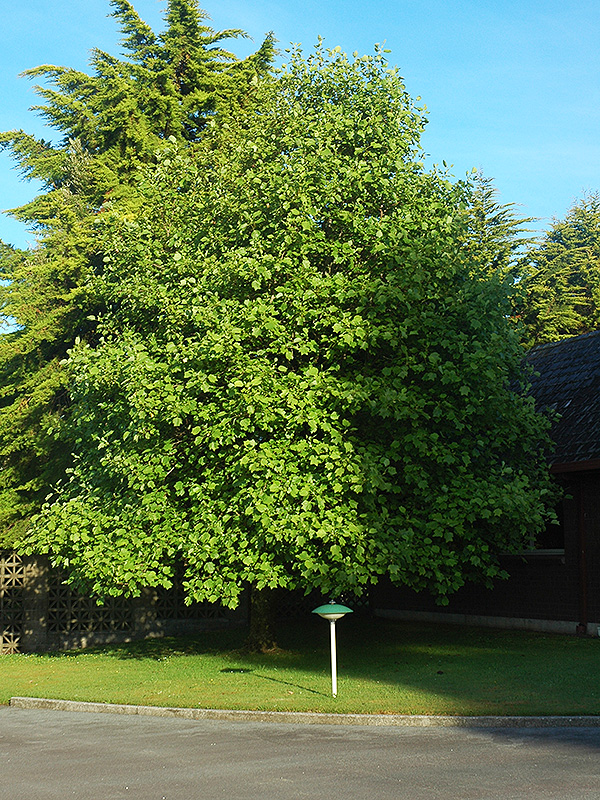
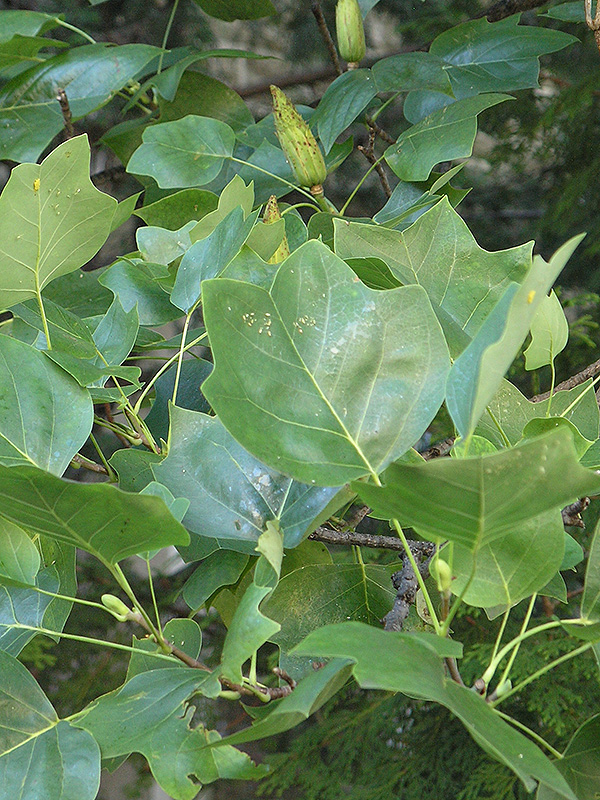
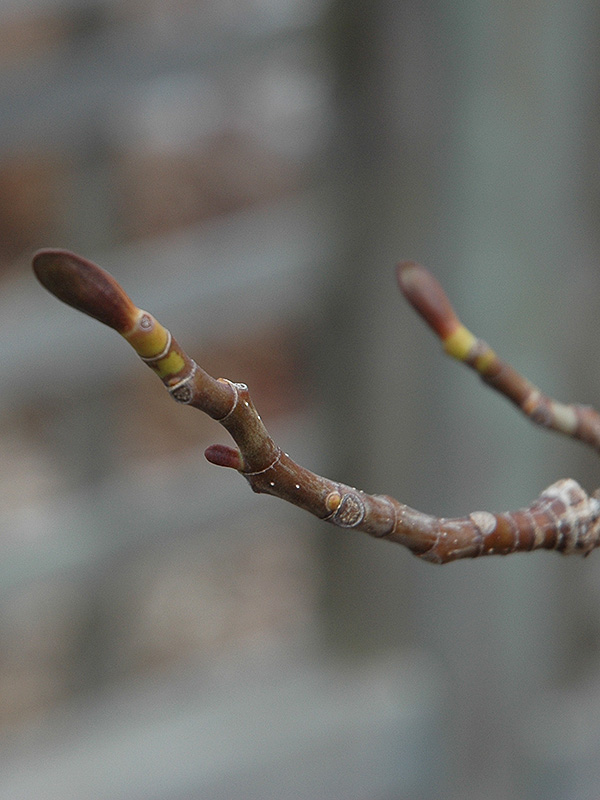
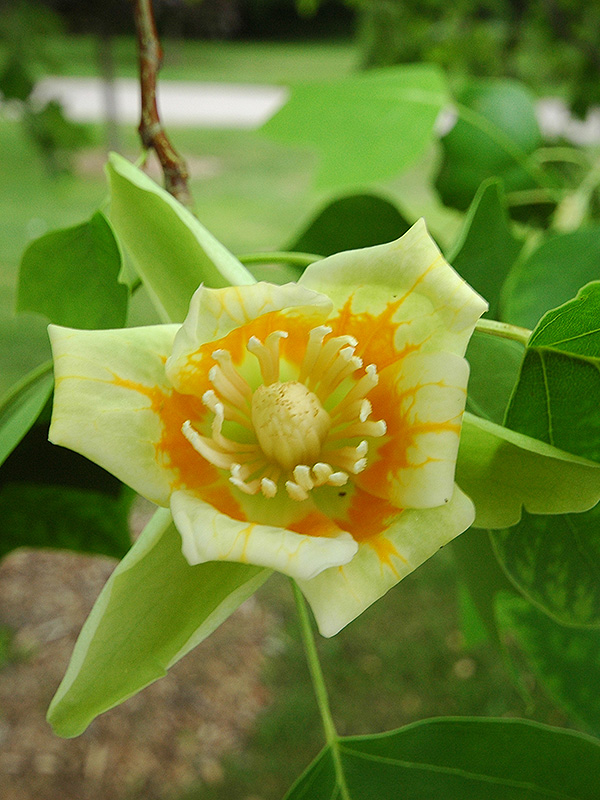
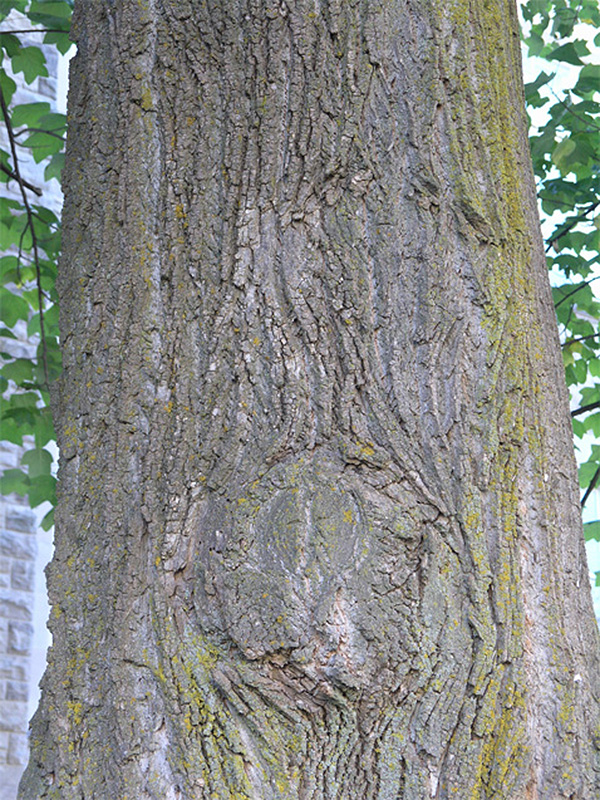
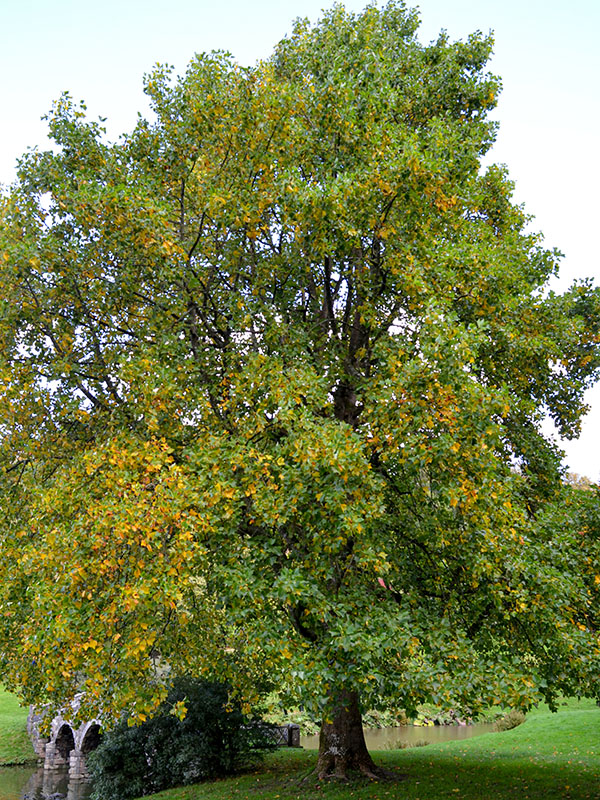

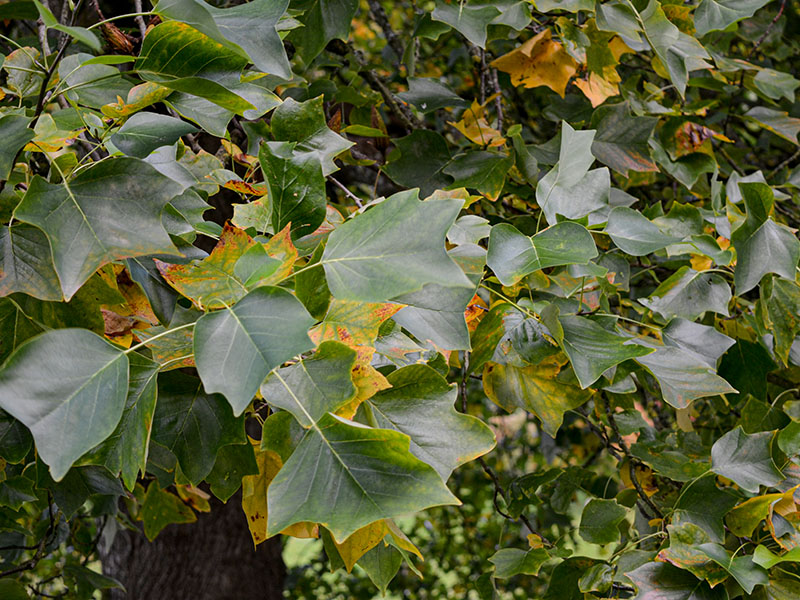
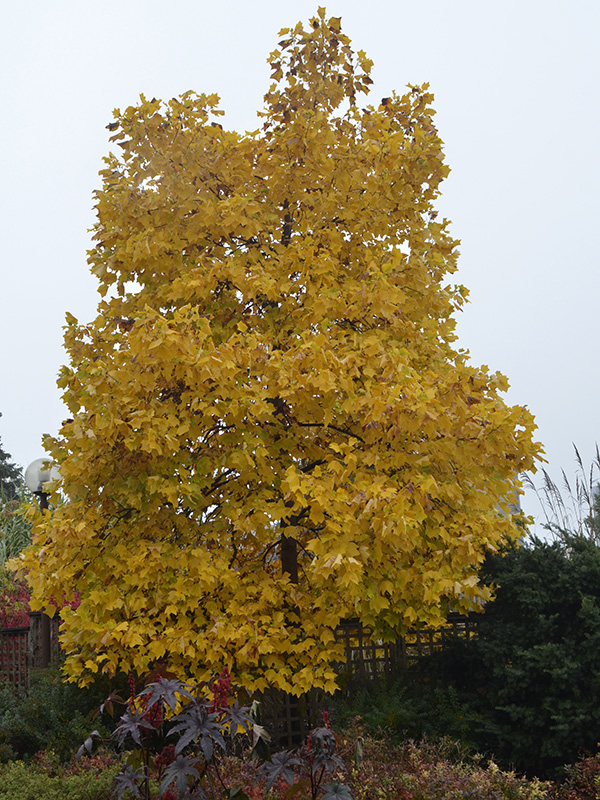

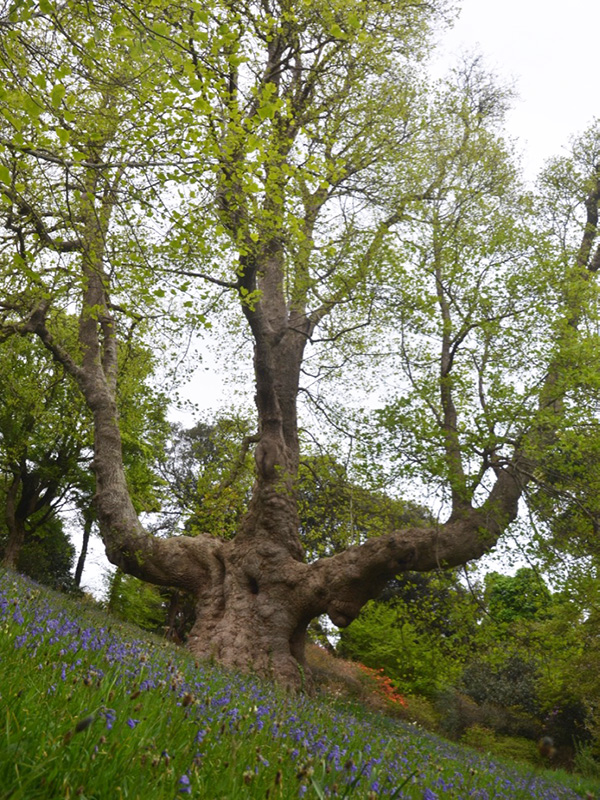
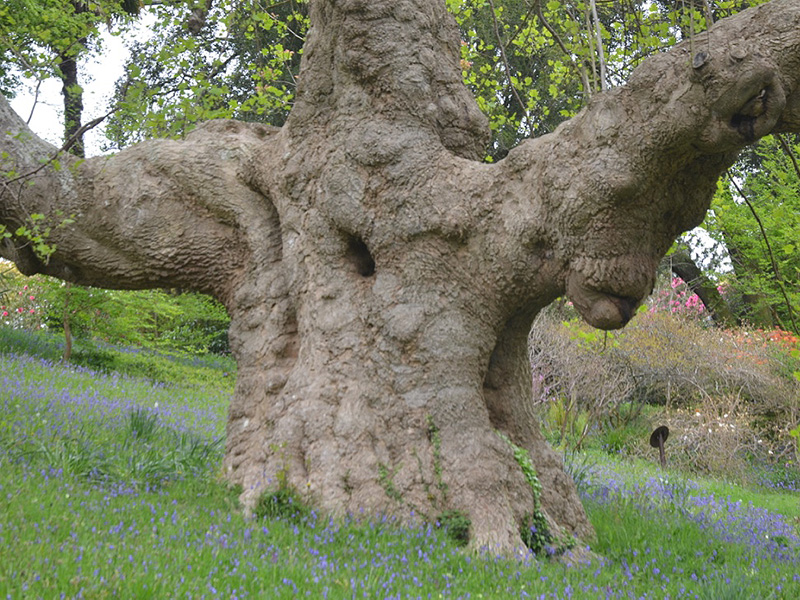
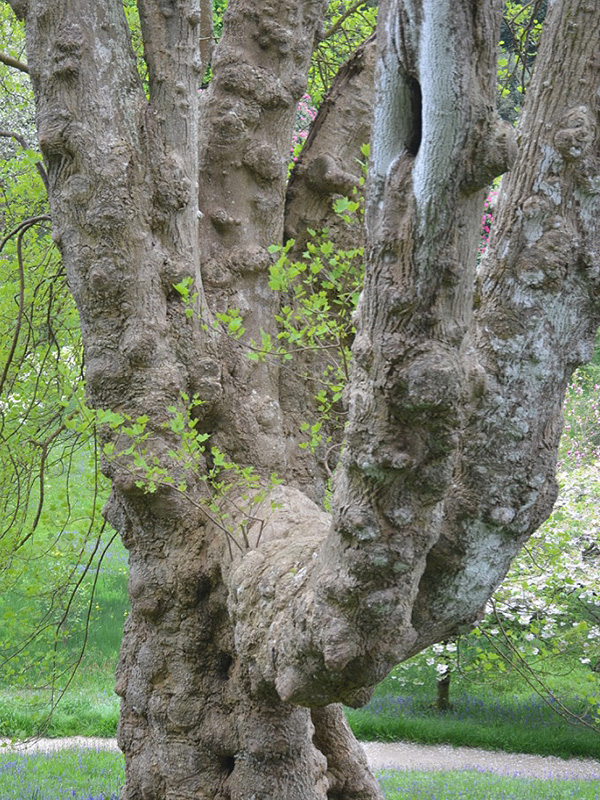
 copy.jpg)
